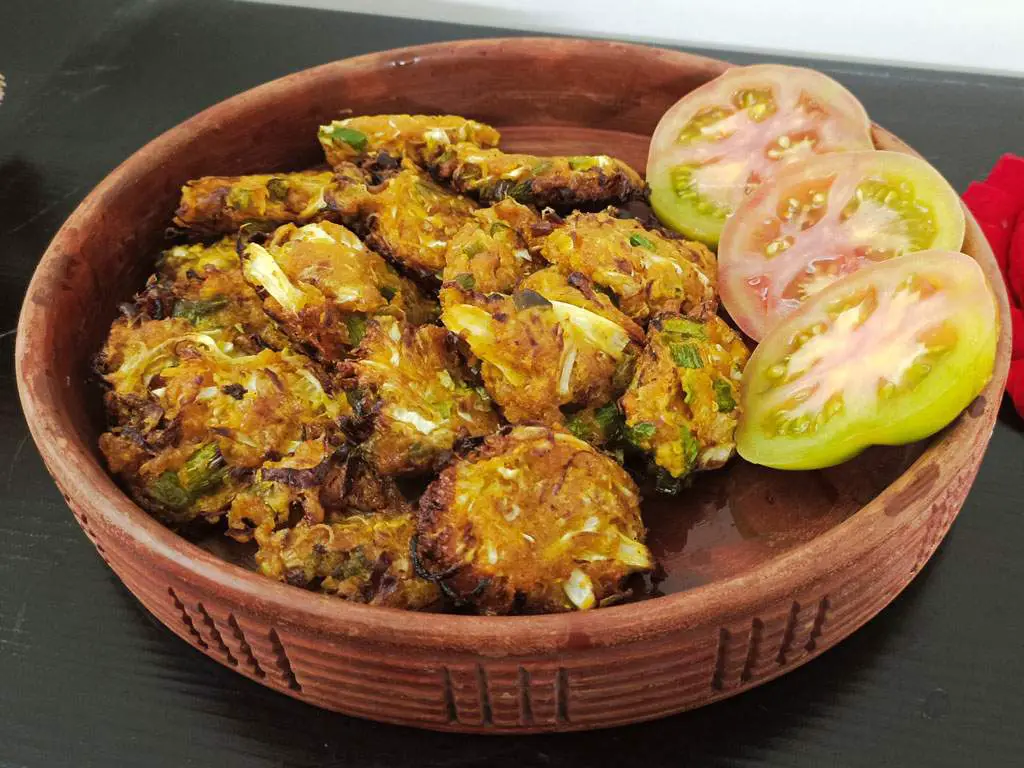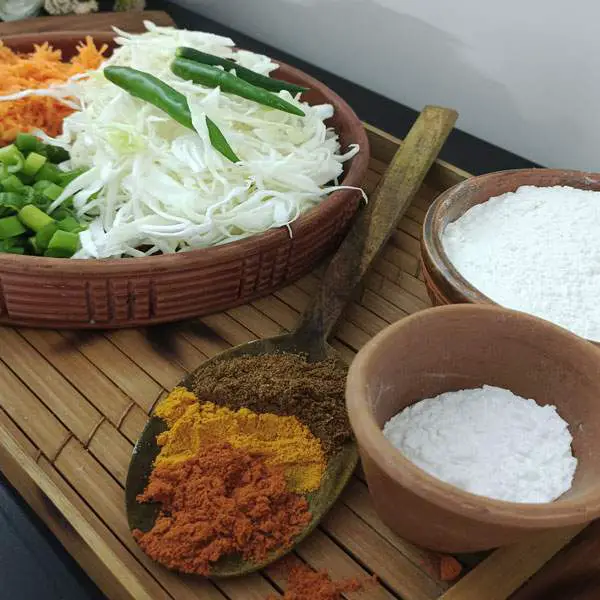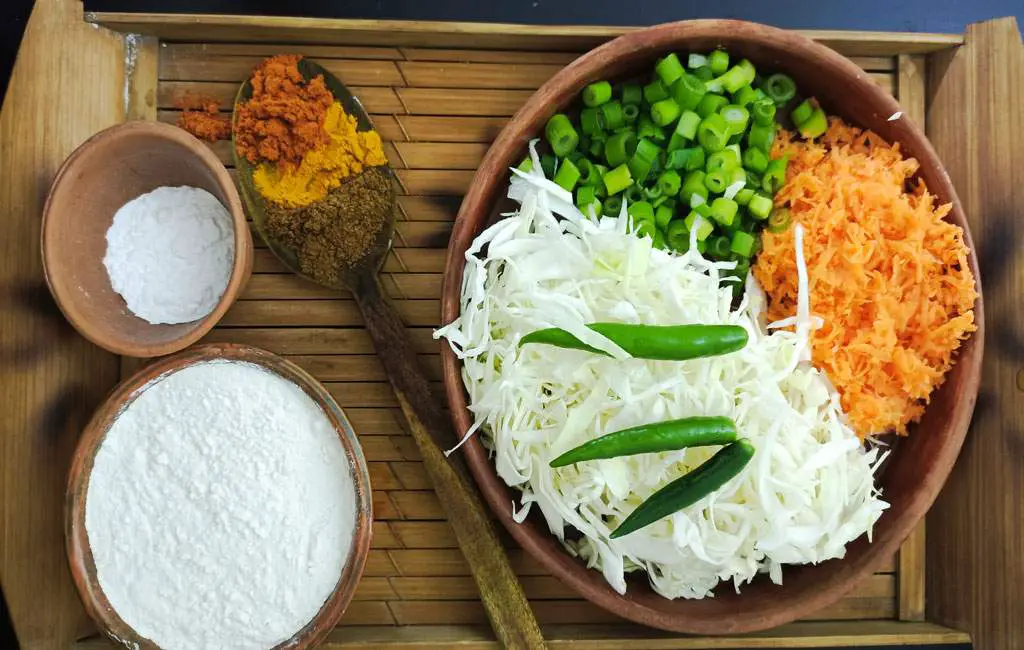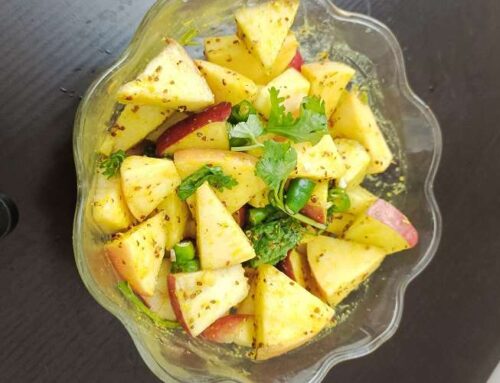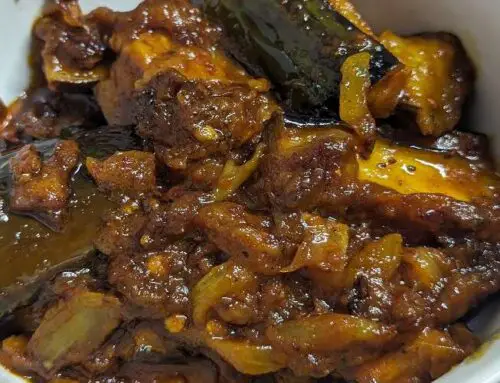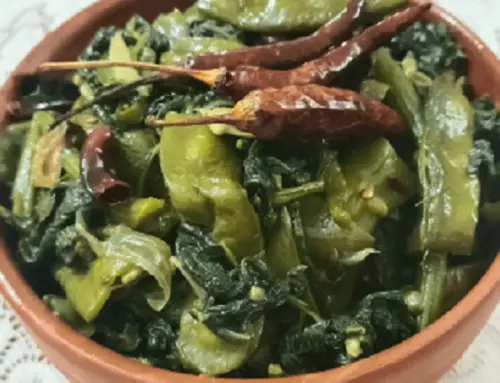Bangladesh, known for its vibrant culture and delectable cuisine, offers a wide array of culinary delights that captivate the taste buds of both locals and visitors. Amongst the myriad of mouthwatering dishes, Vegetable Pakora holds a special place. This crispy and flavorful snack, made with an assortment of vegetables, spices, and chickpea flour batter, not only tantalizes the senses but also brings back cherished memories of my time in Bangladesh.
My journey with Vegetable Pakora began during my visit to Bangladesh, where I immersed myself in the rich tapestry of the country’s cultural heritage. It was a warm evening in Dhaka, the bustling capital city. As I strolled through the vibrant streets, the tantalizing aroma of street food filled the air, drawing me towards a small roadside stall. The sight of golden-brown Vegetable Pakoras sizzling in hot oil enticed me to indulge in this delectable treat.
The magic of Vegetable Pakora lies in the harmonious combination of diverse vegetables and aromatic spices. From the humble potato and onion to the fiery green chili and fragrant coriander leaves, the medley of flavors creates a delightful experience for the palate. The vegetables are thinly sliced, mixed with a besan (chickpea flour) batter, and seasoned with an assortment of spices, including cumin, turmeric, red chili powder, and garam masala. This amalgamation of ingredients showcases the culinary artistry of Bangladeshi cuisine.
Frying is an integral part of the Vegetable Pakora preparation process. As the pakoras sizzle in the hot oil, they undergo a mesmerizing transformation. The once raw and crisp vegetables become golden and crispy, offering a satisfying crunch with every bite. The process of frying requires finesse, as the pakoras need to be cooked evenly to achieve the perfect texture. The experienced street food vendors of Bangladesh possess this culinary prowess, ensuring that each pakora is a delectable masterpiece.
The first bite into a Vegetable Pakora is nothing short of a revelation. The crispy exterior gives way to a burst of flavors as the succulent vegetables release their essence. The spices dance on the tongue, creating a harmonious symphony of tastes. The warmth of the ginger, the earthiness of the cumin, and the gentle heat of the green chili combine to create a sensory experience that is both comforting and exciting. The contrasting textures of the crunchy exterior and the soft, flavorful interior make each bite an adventure.
Amidst the bustling streets of Dhaka, I found solace in a simple roadside stall that served Vegetable Pakoras. The warm smile of the vendor, the inviting aroma of freshly fried pakoras, and the friendly banter of fellow customers created an atmosphere that felt like a home away from home. As I relished each pakora, I couldn’t help but feel a deep connection to the people and the culture of Bangladesh. The memory of that evening lingers, bringing forth a sense of nostalgia and a craving for the flavors I had experienced.
Vegetable Pakora, with its crispy exterior, flavorful interior, and enticing aroma, embodies the essence of Bangladeshi street food. It is a dish that not only satisfies hunger but also evokes a sense of belonging and nostalgia. The memory of my time in Bangladesh, intertwined with the taste of Vegetable Pakora, is etched in my mind forever. It serves as a reminder of the power of food to transcend cultural boundaries and create lasting memories. Should you have the opportunity to savor this experience, I encourage you to seize it with open arms and taste the magic that lies within each bite of Vegetable Pakora.
In Bangladesh, the love for the Vegetable Pakora extends beyond just a snack; it is a symbol of unity and celebration. It is commonly served during festivals, social gatherings, and even as a comforting treat on rainy days. The sound of raindrops hitting the tin roofs, accompanied by the sizzle of pakoras frying in oil, creates a cozy ambiance that warms the heart.
What makes Vegetable Pakora truly special is its versatility. While the classic recipe features potatoes, onions, and chilies, it can be customized to suit individual preferences. From spinach and cauliflower to eggplant and bell peppers, the possibilities are endless. This adaptability allows the flavors to evolve and cater to various palates, making it an inclusive and widely loved dish.
Beyond the flavors and aromas, Vegetable Pakora carries a deeper significance. It showcases the resourcefulness of Bangladeshi cuisine, where humble ingredients are transformed into culinary delights. It is a testament to the ingenuity of the Bangladeshi people, who have mastered the art of creating delectable dishes with simple and readily available ingredients.
The popularity of Vegetable Pakora extends beyond the streets of Dhaka. It can be found in various regions of Bangladesh, each offering its own unique twist to the recipe. In coastal areas, you might find pakoras infused with the flavors of fresh seafood, while in the hilly regions, you might encounter pakoras enhanced with fragrant spices sourced from the surrounding forests. Exploring the diverse variations of Vegetable Pakora is a gastronomic adventure in itself.
To truly appreciate the essence of Vegetable Pakora, it is essential to understand the cultural significance it holds. It is not merely a snack but a reflection of the warmth and hospitality of the Bangladeshi people. It is a dish that brings families and communities together, encouraging conversations, laughter, and shared memories. The act of enjoying Vegetable Pakora transcends borders and fosters connections, creating a sense of belonging and kinship.
As I reflect on my memorable journey with Vegetable Pakora in Bangladesh, I am reminded of the power of food to forge lasting connections. It is through the shared experience of savoring delectable dishes like Vegetable Pakora that we build bridges between cultures, celebrate diversity, and create cherished memories that transcend time.
So, the next time you find yourself in Bangladesh or stumble upon a restaurant serving Vegetable Pakora, I implore you to seize the opportunity. Embrace the flavors, savor the textures, and allow yourself to be transported to a world where food is more than nourishment—it is a gateway to unforgettable experiences and a celebration of the vibrant spirit of Bangladesh.
Ingredients
- 2 cups Cabbage (Finely chopped)
- 1 cup Carrot (Finely chopped
- 1 cup Spring Onion
- 2 tbsp Chopped green chili
- 1 tsp Chopped ginger and garlic
- 1 cup White flour
- 2 tbsp Corn flour
- 2 cups Oil
- 1/2 tsp Turmeric powder
- 1 tsp Red chili powder
- 1/2 tsp Coriander powder
- Salt as per taste
- 1 cup Warm water
Instructions
- Wash all the vegetables and cut them. Here we are using Cabbage, carrot, and spring onion. You can use any vegetables as per your taste and choice.
- Take a bowl and add all the vegetables. Add finely chopped green chili, ginger, and garlic. Add the white flour and corn flour.
- Mix them well. If the moisture released from vegetables is enough for making a perfect dough, do not use any extra water. But if you need, add a little amount of water to make the dough perfect.
- Heat a sufficient amount of oil in a pan to fry the pakora. Keep the flame medium. Take a small portion of vegetable dough and try to make it into a shape like the picture. Drop the dough into the oil and fry it until golden brown. Maximum time you need to fry pakora properly is 3 to 5 minutes.
- When the pakora becomes golden brown and crispy, pick them from the hot oil and put them on paper or tissue. Extra oils can be absorbed by the paper.
- Fry all the dough in a similar way. Serve the pakora with tomato or tomato sauce.
Nutrition

